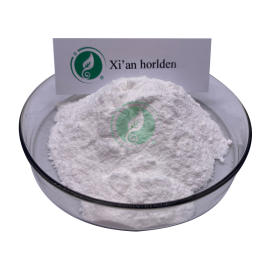-
Categories
-
Pharmaceutical Intermediates
-
Active Pharmaceutical Ingredients
-
Food Additives
- Industrial Coatings
- Agrochemicals
- Dyes and Pigments
- Surfactant
- Flavors and Fragrances
- Chemical Reagents
- Catalyst and Auxiliary
- Natural Products
- Inorganic Chemistry
-
Organic Chemistry
-
Biochemical Engineering
- Analytical Chemistry
- Cosmetic Ingredient
-
Pharmaceutical Intermediates
Promotion
ECHEMI Mall
Wholesale
Weekly Price
Exhibition
News
-
Trade Service
| Parasitic wasps regulate host symbiotic bacteria to adapt to parasitic environment |
Parasitic wasps adapt and adjust the host environment by sharing or changing host symbiotic bacteria.
Parasitic wasps adapt and adjust the host environmentby sharing or changing host symbiotic bacteria .
According to the team’s chief researcher Cui Jinjie, cotton aphid is a common pest widely distributed in various countries around the world, which can cause cotton leaves to turn yellow, shrink, grow slowly, and even die.
Parasitic wasps are important parasitic natural enemies of cotton aphids in North China cotton fields, and the field parasitic rate can reach 80%.
The study systematically reported the influence of parasitic wasps on the composition and structure of the symbiotic bacteria of the cotton aphid by analyzing the composition and structure of the symbiotic bacteria of the parasitic wasp, the cotton aphid, and the changes in the composition and abundance of the host cotton aphid during different periods of parasitism.
The results of the study indicate that the symbiotic microorganisms may be the potential driving force for the co-evolution of the complex and multi-layered metabolite and nutrient network between the cotton aphid and the cotton aphid.
The research results have important theoretical and practical value for revealing the co-evolution of parasitic wasps and host insects, and for developing new cotton aphid prevention and control technologies.
The research was funded by the National Natural Science Foundation of China and the Science and Technology Innovation Project of the Chinese Academy of Agricultural Sciences.
Related paper information: org/10.
org/10.
1002/ps.
6299" target="_blank">https://doi.
org/10.
1002/ps.
6299







